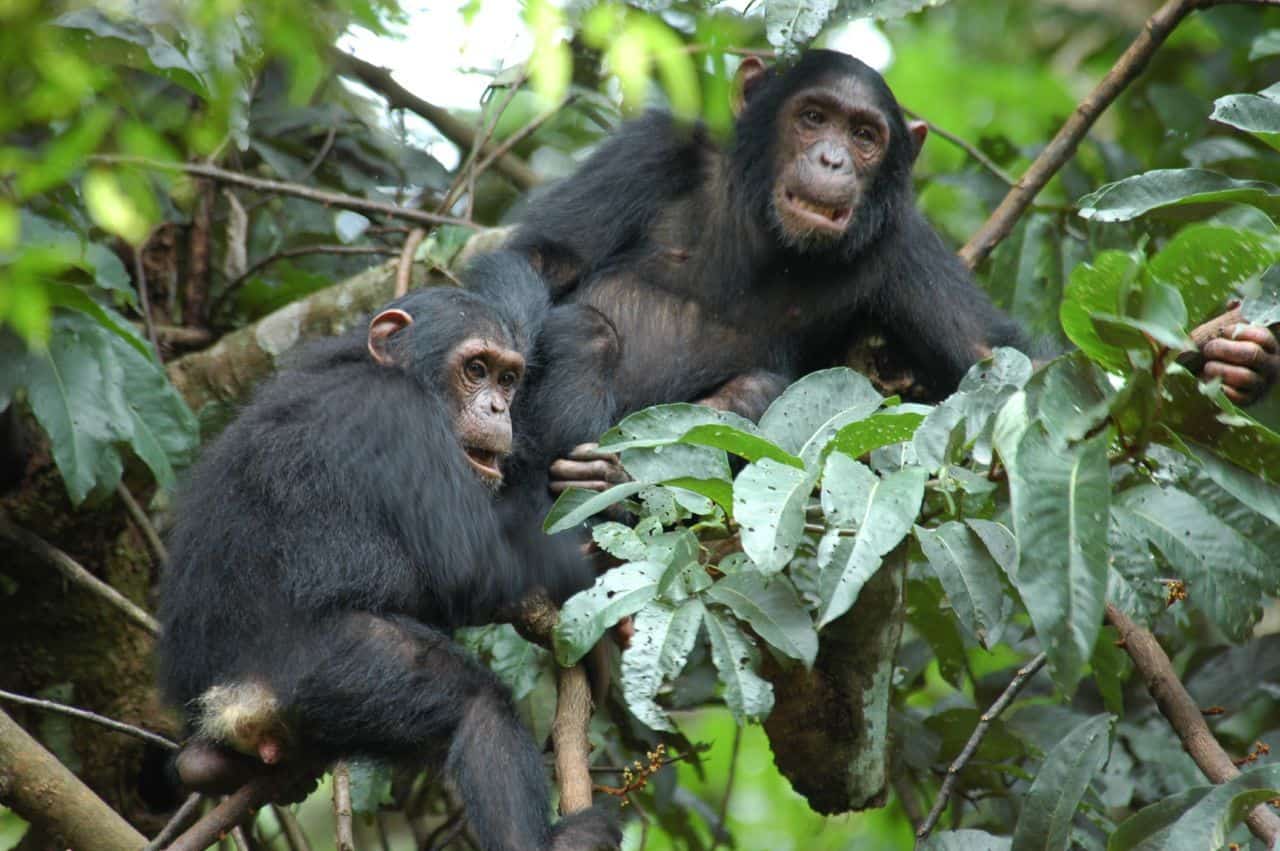It does not take an evolutionary biologist to point out the differences between vertebrate species such as macaques, humans, platypuses, and frogs; a child at a zoo could easily see that one is not the other.
Yet it is also commonly known that humans are genetically more similar to monkeys than to amphibians. When the chimpanzee genome was sequenced in 2005, 99 per cent of human DNA was found to be identical to chimpanzee DNA. If that is the case, then why can a child easily differentiate the two? Why are there behavioural and phenotypic differences between genetically similar species? From a biomedical perspective, why are humans susceptible to certain diseases that have no impact on their phylogenetic relatives?
A mechanism known as alternative splicing, may have something to do with it. A team of U of T researchers from the Banting and Best Department of Medical Research and the Department of Molecular Biology recently published a paper that showed alternative splicing was not only occurring between different tissues within the same species, but also differences in splice patterns between different species.
Alternative splicing is a genetic mechanism that selectively removes, or splices, sections of a transcript of information known as messenger RNA. This means that a particular strand of protein-coding DNA, which can be found in all cells of an animal, can be processed differently in various cell types. Splicing explains how a gene can result in the expression of different proteins, which can then yield a variety of biological functions. Alternative splicing occurs in all vertebrates and is a contributing factor to the phenotypic diversity of cells, tissues, and organs within a particular species.
Building on this understanding of alternative splicing, the U of T researchers performed a high-throughput analysis of transcriptomes from organs such as the brain, liver, testis, heart, and skeletal muscle of 10 vertebrate species ranging from human to platypus to frog.
After analyzing copious amounts of data, the team’s results showed that in addition to organ-specific alternative splicing in one species, there was significant species-specific alternative splicing occurring across species as well. The researchers proposed that species-specific alternative splicing might be a driving force behind evolutionary differences and speciation.
Dr. Benjamin, senior author of the paper, explains, “The fact that alternative splicing is very different even between closely related vertebrate species [such as humans and chimpanzees] could ultimately help explain how we are unique.”
The researchers also found that the transcripts themselves mediated differences in alternative splicing rather than the molecular machinery that executes the mechanism. It was previously thought that the specification of splice patterns was located within the proteins responsible for splicing. However, Blencowe’s team found that the splicing code was derived from the transcripts and not the machinery. Thus, a human heart gene expressed in a mouse heart would still produce human heart splice patterns, despite utilizing mouse splicing machinery.
“The same genetic mechanisms responsible for a species’ identity,” says Dr. Nuno Barbosa-Morais, lead author of the study, “could help scientists understand why humans are prone to certain diseases such as Alzheimer’s and particular types of cancer that are not found in other species.”
The study, “The Evolutionary Landscape of Alternative Splicing in Vertebrate Species,” published in the December 21 issue of Science, reveals a new understanding of the diversification of vertebrate species, and has implications for evolutionary, molecular, and medical biology.


